
Baling Hay | History of SC Slide Collection
Episode
9
Photo
These Sumter County farmers are using machinery to bale their hay around 1900. Courtesy of the Sumter County Museum Archives.
The ways in which South Carolinians have earned their livings, enriched themselves and the state, and provided essential goods and services to each other, the region, and the nation have varied over time and place, and are becoming increasingly diverse. The images collected together in this category do not make up the whole story. Users of this collection are urged to look also at the following section on transportation, and to use the search function for additional images that illustrate the agriculture, commerce and industry of South Carolina.

Photo
These Sumter County farmers are using machinery to bale their hay around 1900. Courtesy of the Sumter County Museum Archives.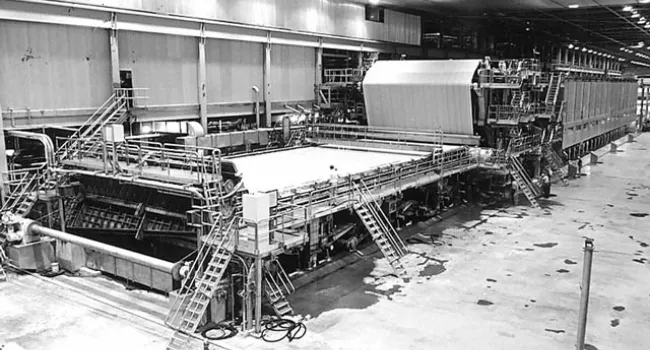
Photo
Catawba Mill produces a new lightweight coated paper on this modern machinery, photographed on July 14, 1986. Courtesy of "The State" newspaper.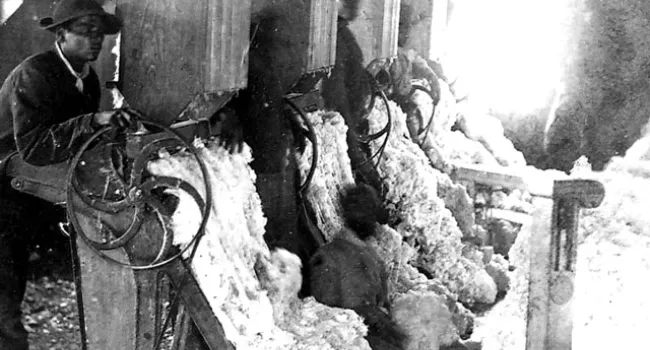
Photo
Interior of a large ginning mill, ginning sea island cotton at Alexander Knox's plantation in Mount Pleasant, early in the 20th century. Courtesy of the Charleston Museum, Charleston, South Carolina.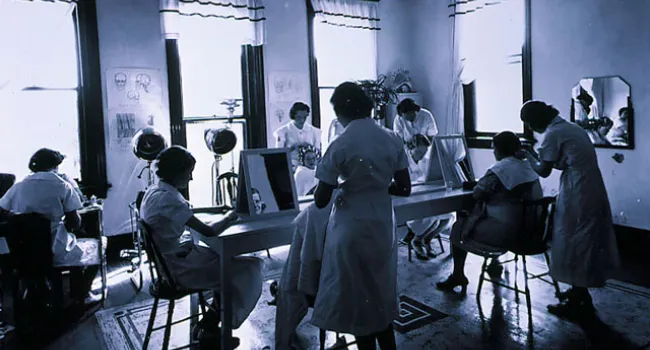
Photo
The interior of Raffield's Beauty Salon in Sumter was also the home of the Sumter Beauty School around 1940. Photo by Lecoq Studios. Courtesy of the Sumter County Museum Archives.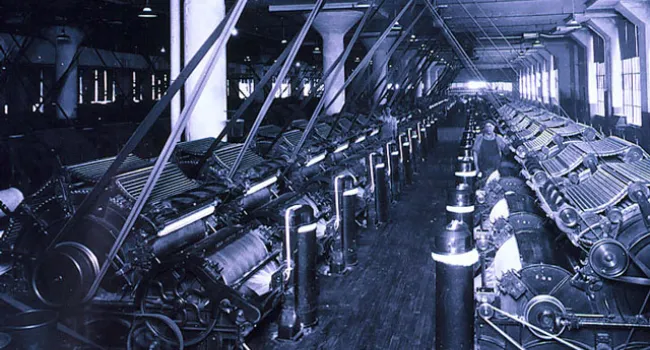
Photo
Raw cotton is carded in sliver, a thick rope of cotton fibers, in the #2 plant of the Winnsboro Mills, around 1930. Courtesy of Uniroyal Goodrich Tire Manufacturing.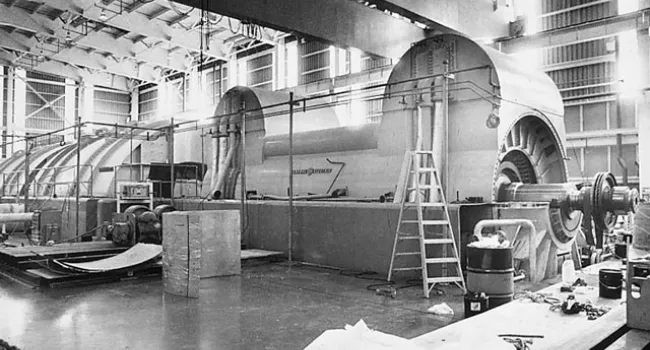
Photo
V.C. Summer Nuclear Plant, Fairfield County, showing the giant steam turbine at the nuclear station. Photo by Tim Dominick, November 1984. Courtesy of "The State" newspaper.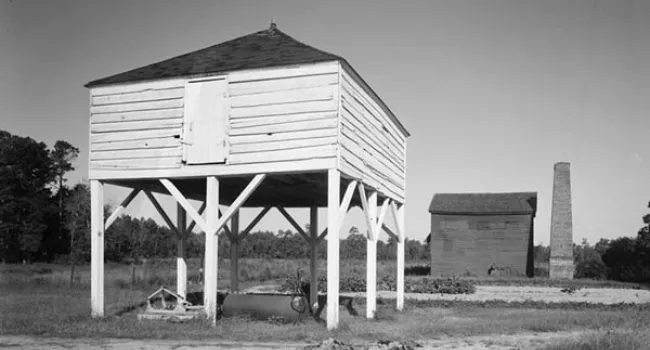
Photo
Winnowing house on the Mansfield Plantation in Georgetown County. Rice was brought into the upper story of the winnowing house, and was slowly sifted through a hole in the floor. As the heavier...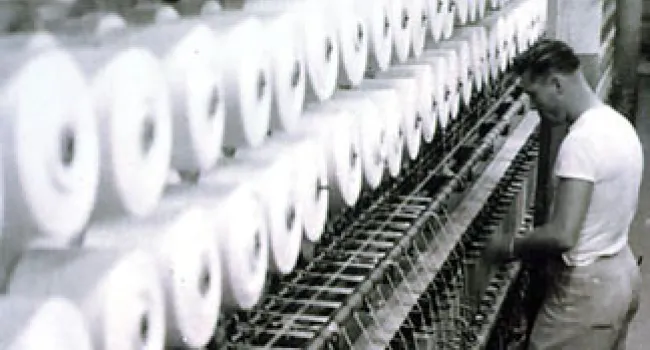
Photo
A man threads cotton thread onto spools at the Mount Vernon Mill, 1960-62. Courtesy of the South Carolina State Museum.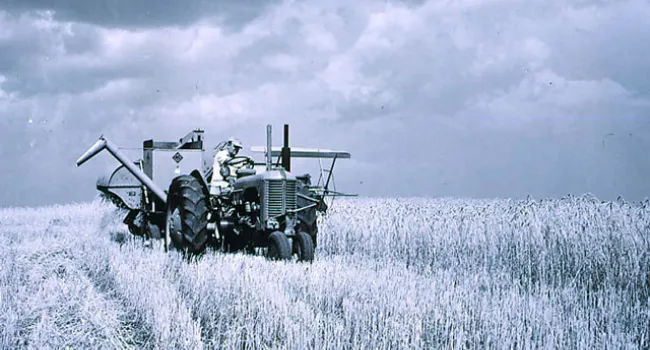
Photo
Combining wheat on the Hugh McGee farm in Anderson County, June 1954. Courtesy of the Clemson University Libraries.
Photo
This cotton market in Hartsville, in Darlington County, dealt primarily in long-staple cotton, used in the 1930s in fine yarns, and in the fabric or cords on which tires were built. Works Progress...